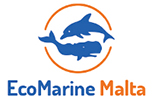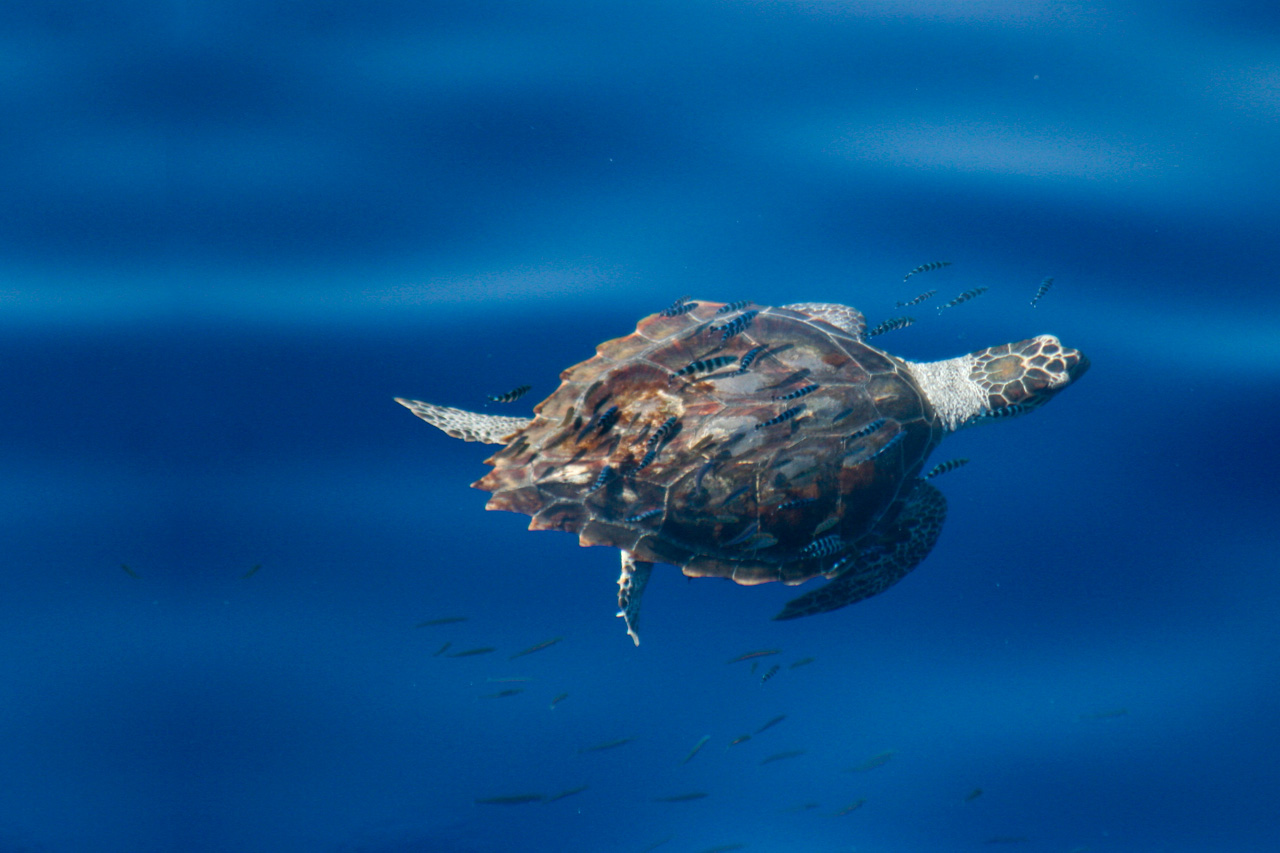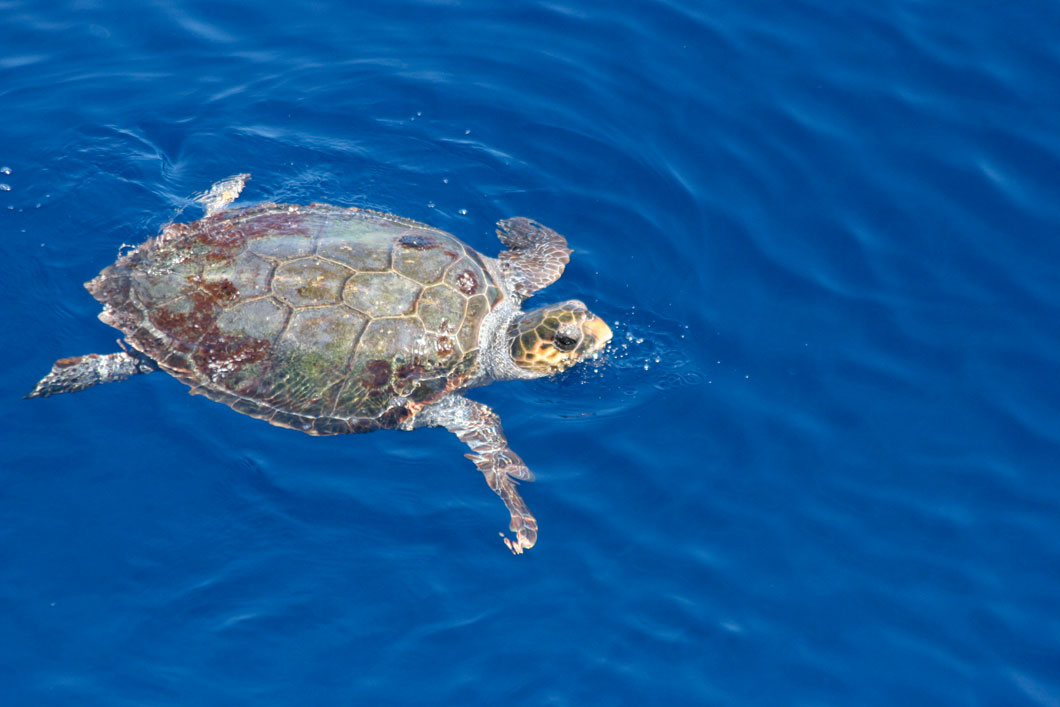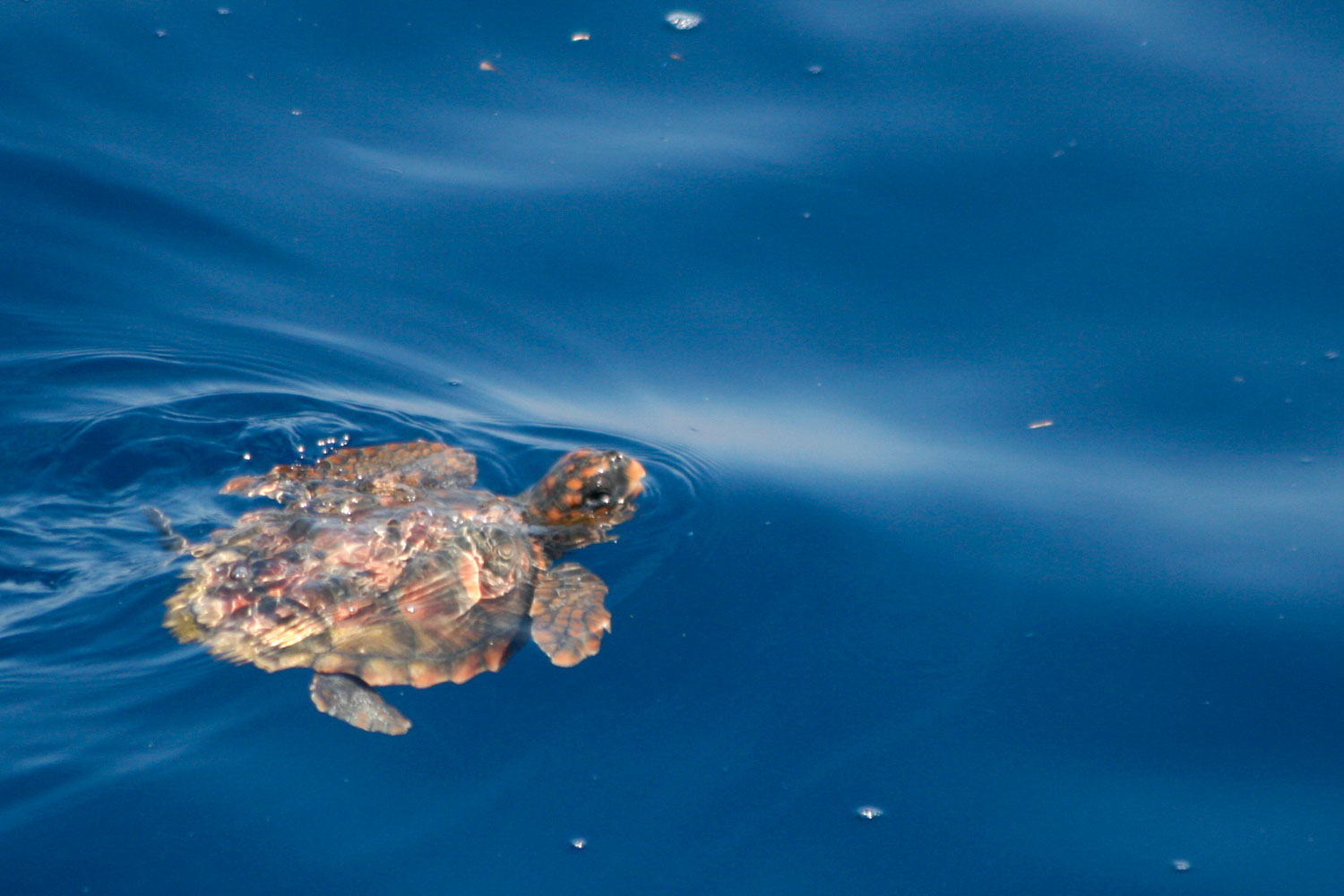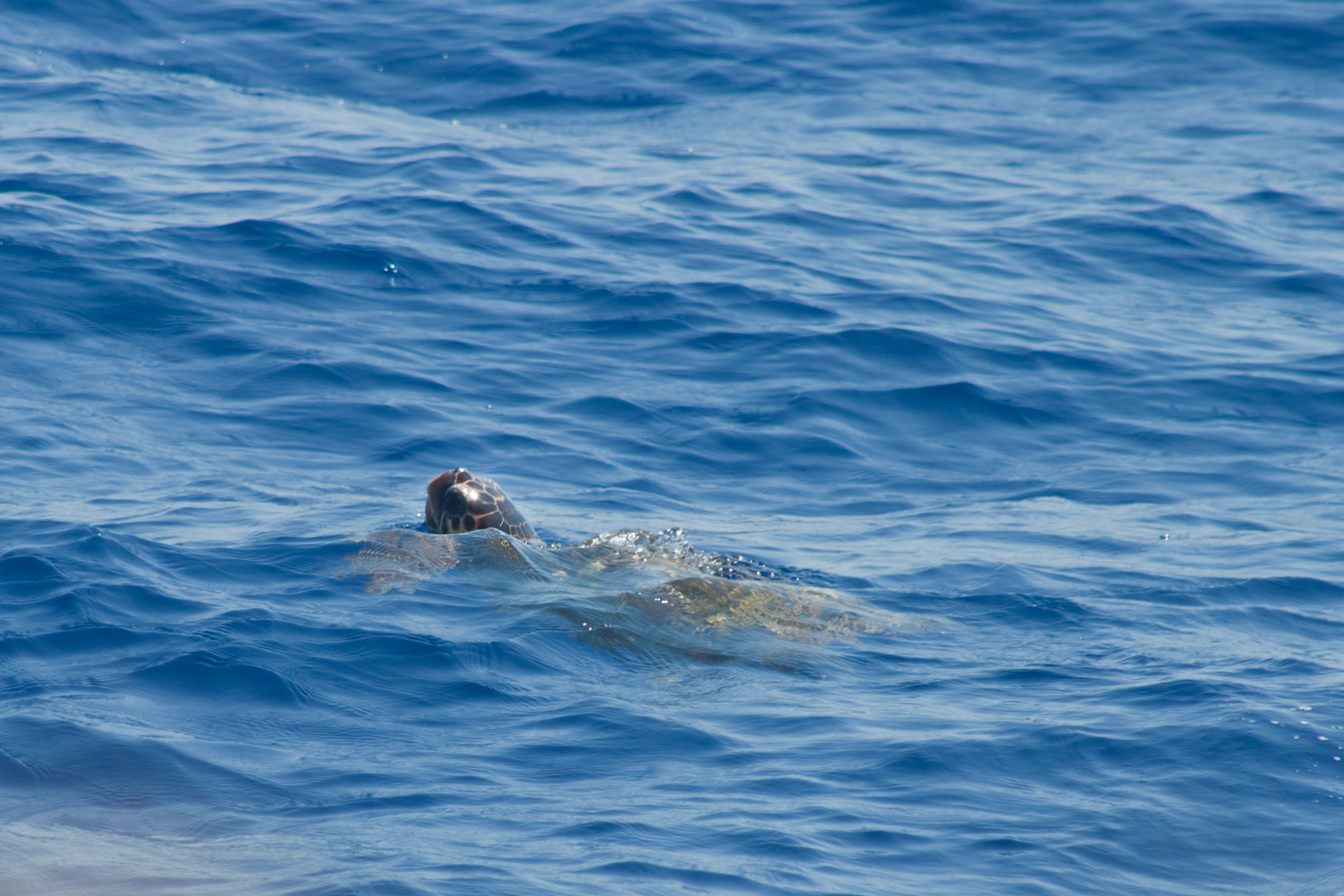Sea Turtles
Sea turtles are reptiles of the tortoise order. There are seven species of sea turtles: the green, loggerhead, Kemp’s ridley, olive ridley, hawksbill, flatback, flatback, and leatherback.
Of these, five species have been spotted in Maltese waters.
They feed on jellyfish, algae, corals, squid, barnacles, sponges and sea anemones. They migrate annually to the mating sites and feeding ground. The females travel towards sandy beaches for nesting while the males never leave the marine waters. Sea turtles are long-lived animals and can live for up to 50 years.
Sea turtles have been living in our oceans for millions of years, they have adapted to the various changes that have taken place, but now the hard plastic pollution and climate change are decimating the populations of these beautiful animals. Every year thousands of specimens are trapped in floating nets until they die. They often ingest plastic bags believing they are jellyfish. Climate change affects reproductive capacity. We are responsible for their life, and we need to reduce human pollution, for a better future generation.
Sea turtles in Maltese Islands
Five different species have been spotted in the Maltese water:
Caretta caretta = Loggerhead turtle
Dermochelys coriacea = Leatherback turtle
Chelonia mydas = Green turtle
Eretmochelys imbricata = Hawksbill
Lepidochelys kempii = Kemp’s Ridley turtle
Single records of Chelonia mydas, Eretmochelys imbricata, Lepidochelys kempii have been recorded in the Mediterranean Sea, while Dermochelys coriacea have been spotted several times but it not considered a Mediterranean species.
The only species which nest in this area are Chelonia mydas and Caretta caretta. The last one is considered to be the most common species in the Mediterranean Sea.
The Maltese Island follow the Marine Strategy Framework Directive implemented on targeting the conservation of marine life including turtles.
